Date: 23 Jun 2018
If you use organic soils or hydroponic systems, the use of humic and fulvic acids is a very easy way to provide the best possible conditions for the roots of your plants. In fact, they are especially recommended in hydroponic farming, as these types of growth media contain neither nutrients nor microbes. This way, make the most of the nutrient solution you have carefully prepared for your plants.
Organic matter in the soil
Soil consists of many substances, some of which are the result of a process of transformation of certain molecules. Among the organic components of the soil can be found living organisms, on the one hand, and organic matter, on the other hand, which usually come from processes of chemical and microbial transformation of organic wastes contained in the soil.
In turn, we can divide this organic matter into unchanged material (fresh, unprocessed or modified) and altered material (sometimes called humus), which are by-products physically and chemically different from the substances from which they come from. Sometimes the process from which this altered material is formed is called humiliation.

Finally, the altered material can be divided into nonhumic substances (amino acids, lipids, carbohydrates) and humic substances that we deal with today. The term "humic" is generic, which means that it is applied to different materials, usually classified according to the solubility levels:
- Humic acids
- Fulvic acids
- Humin (insoluble humus substances)
Most humic and fulvic acids that are sold today come from leonardite, an earth substance that comes from an unfinished carbonization process. During this transformation organic waste is compressed and heated over time, slowly transformed into turf, then into lignite, coal, and finally into anthracite (the lenardite forms when the peat is transformed into lignite). The high content of these substances present in leonardite, as well as their high bioactivity, places it as a major source of humic substances.
What are the humic acids?
As a result of the degradation of organic matter in the soil through microbial life, humic acids are dark macromolecules soluble in alkaline water, making them an excellent choice to improve soil properties due to their high molecular weight. At the same time, they provide better management and mobility of the substrates available and greatly improve water retention.

Due to their chelating action, they adhere to microelements present in the nutrient medium and create a bond that is better absorbed by plant roots. This improves the cation exchange capacity and the buffer capacity of the substrate, which translates into better plant growth. They also allow for better release of nutrients from the soil, while improving the absorption of trace elements, which can save many nutrient deficiency problems.
What are fulvic acids?
Fulvic acids are a yellowish yellow humus material similar to the previous, although they have less carbon and more molecular composition (the molecular weight is lower). They are macromolecules, soluble in water (acidic or alkaline), and particularly effective when it comes to passing the membrane of plant cells.
This is one of the main reasons why these acids are often used for leaf spraying, so they are quickly absorbed. However, they can also be used for irrigation mixed with your regular nutrient solution. They are ideal as quick-acting agents and are excellent root crops.
Humic and fulvic acids in plant breeding
Now that we have a much clearer picture of what these substances are and how they work, it is not surprising for us that there is an increasing number of producers (especially professionals) choosing humic and fulvic acids to reduce the amount of food used substances and get better harvests. This means more revenue at less cost, something that every manufacturer is looking for.
To summarize the potential benefits of using humic and fulvic acid for plant breeding:
- Water retention, microbial activity and cation exchange are strongly enhanced
- Improvement of drainage capacity and soil buffering
- Better absorption of nutrients (chelating action) and mobility
- Soil toxins are less accessible to plants
- Plant metabolism improves and is ideal for seed germination, rooting and transplantation
For more useful information, check out our other BLOG articles. The GrowshopMania team wishes you successful cultivation!

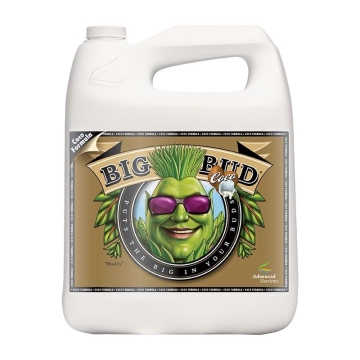
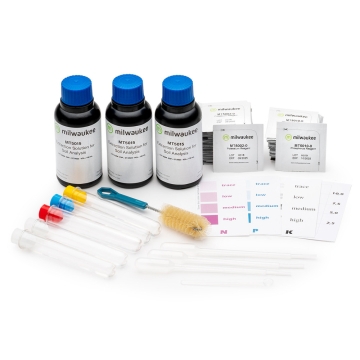

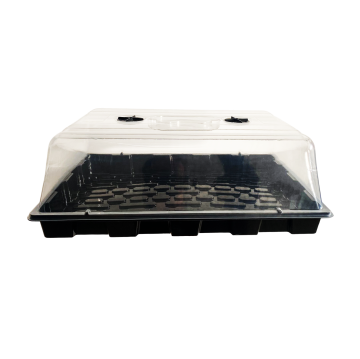







































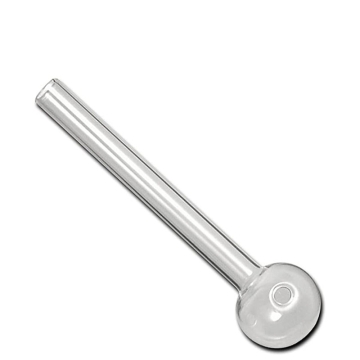
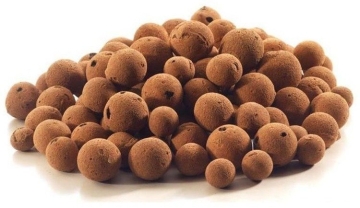
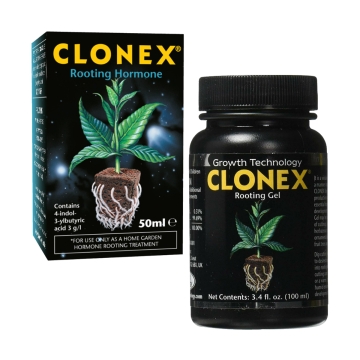
Post comment